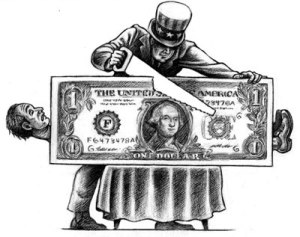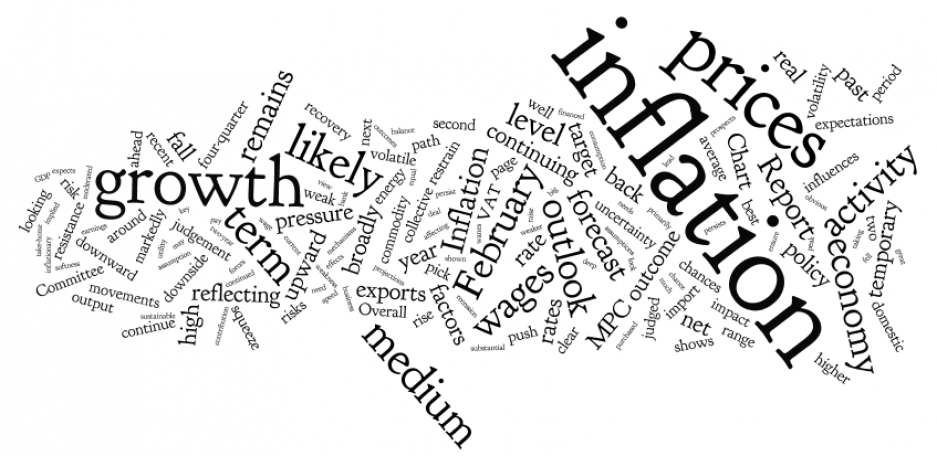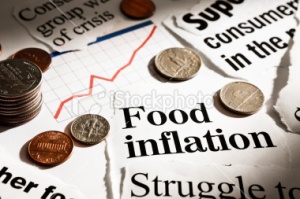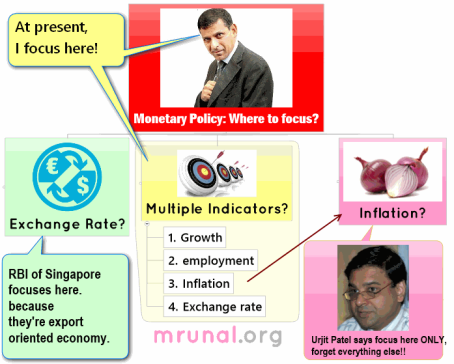Infrastructure development is a vital component in encouraging a country’s economic growth. Developing infrastructure enhances a country’s productivity, consequently making firms more competitive and boosting a region’s economy. Not only does infrastructure in itself enhance the efficiency of production, transportation, and communication, but it also helps provide economic incentives to public and private sector participants. The accessibility and quality of infrastructure in a region help shape domestic firms’ investment decisions and determines the region’s attractiveness to foreign investors. This relationship between infrastructure development and economic growth has not gone unnoticed by the world’s two most populous countries, China and India, which have a combined population of almost 2.5 billion. The experience of these two rapidly growing nations illustrates how different the paths to growth can be.
For the most part, India has forgone the typical manufacturing export–led path to development and instead focused on its service sector. Although India has been very successful in information technology services and business-processing exports, its inadequate and dilapidated infrastructure has held back growth in the manufacturing sector.
However, this budget seems quite promising as far as the infrastructure sector is concerned. This budget has laid out a clear and tangible roadmap for the future. The roadmap includes:
- Sharp increase in outlays of roads and railways.
- Capital expenditure of public sector units to also go up.
- National Investment and Infrastructure Fund (NIIF), to be established with an annual flow of `20,000 crores to it.
- Tax free infrastructure bonds for the projects in the rail, road and irrigation sectors.
- PPP mode of infrastructure development to be revisited and revitalised.
- 5 Atal Innovation Mission (AIM) to be established in NITI to provide Innovation Promotion Platform involving academicians, and drawing upon national and international experiences to foster a culture of innovation , research and development. A sum of `150 crore will be earmarked.
- Concerns of IT industries for a more liberal system of raising global capital, incubation facilities in our Centres of Excellence, funding for seed capital and growth, and ease of Doing Business etc. would be addressed for creating hundreds of billion dollars in value.
- (SETU) Self-Employment and Talent Utilization) to be established as Techno-financial, incubation and facilitation programme to support all aspects of start-up business. `1000 crore to be set aside as initial amount in NITI.
- Ports in public sector will be encouraged, to corporatize, and become companies under the Companies Act to attract investment and leverage the huge land resources.
- An expert committee to examine the possibility and prepare a draft legislation where the need for multiple prior permission can be replaced by a pre-existing regulatory mechanism. This will facilitate India becoming an investment destination.
- 5 new Ultra Mega Power Projects, each of 4000 MW, in the Plug-and-Play mode
Where will the money for infrastructure investment come from? In many cases, current account surpluses (more exports than imports of goods, services, and transfers) will enable developing countries to increase their investment in infrastructure. Oil revenues, as well as sovereign wealth funds (state-owned financial asset accounts), are also becoming increasingly important sources of funding. And investment banks like the European Bank for Reconstruction and Development, the Asian Development Bank, and the Inter-American Development Bank are making more money available for infrastructure in developing countries, such as India








